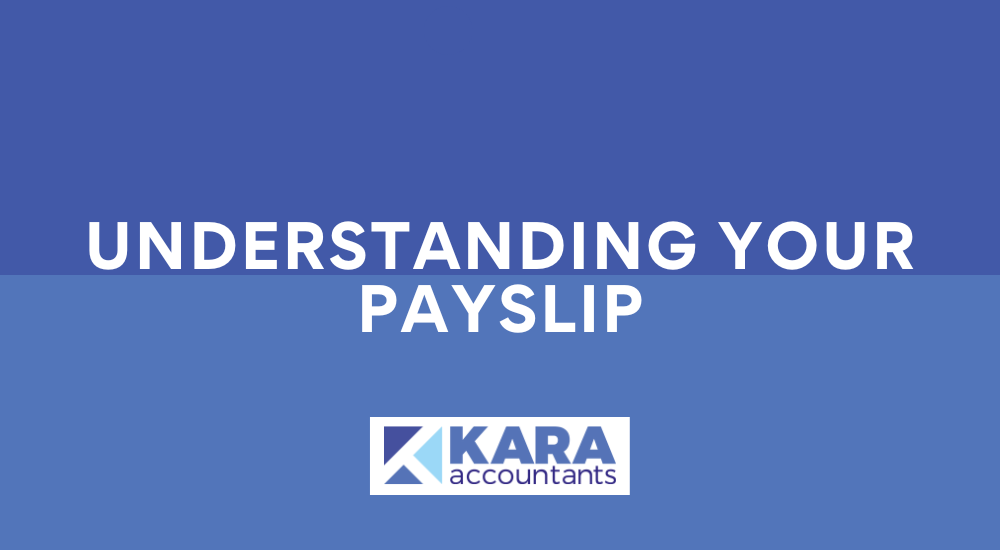
Understanding Your Payslip 
A payslip is a document that details the amount of money an employee has earned in a given period of time, usually one month, and the deductions that have been made from their pay. Understanding your payslip in depth is essential for managing your finances, ensuring you are paid the correct amount, and understanding the deductions that are being made from your pay. Knowing what money coming in leaves you in the best place possible to organise what’s going out. Keep reading to take a closer look at the different elements of a payslip and what they mean.
Gross Pay
This is the total amount of money you have earned before any deductions have been made. This figure includes your basic pay, any overtime, and any other taxable benefits you may receive.
Net Pay
This is the amount of money you will actually receive after all deductions have been made. This is the figure that will be deposited into your bank account.
Tax Deduction
Tax is a compulsory deduction made from your pay by the government. The amount of tax you pay depends on your income and tax code. The tax code, which will be visible on the payslip, determines how much tax you should pay each month, and your payslip will show how much tax has been deducted from your pay.
National Insurance Contribution
National Insurance (NI) is a type of insurance that provides employee benefits, such as a state pension, unemployment benefit, and other social security benefits. Your payslip will show how much NI has been deducted from your pay.
Pension Deduction
If you are enrolled in a workplace pension scheme, your payslip will show the amount of money that has been deducted from your pay and paid into your pension fund.
Student Loan Deduction
If you have a student loan, the amount you owe will be deducted from your pay each month. Your payslip will show how much has been deducted from your pay.
Other Deductions
Your payslip may show other deductions, such as union fees, childcare vouchers, or private health insurance contributions. These deductions will be shown separately on your payslip.
YTD (Year to Date) Totals
Your payslip will show the total amount of money you have earned so far this year, as well as the total amount of deductions that have been made. This is a valuable way to keep track of your earnings and deductions throughout the year.
In conclusion, understanding your payslip in depth is an essential part of managing your finances and ensuring you are paid the correct amount. It is important to regularly review your payslip and check that all the information is accurate, so you can stay on top of your finances.

This Post Has 0 Comments